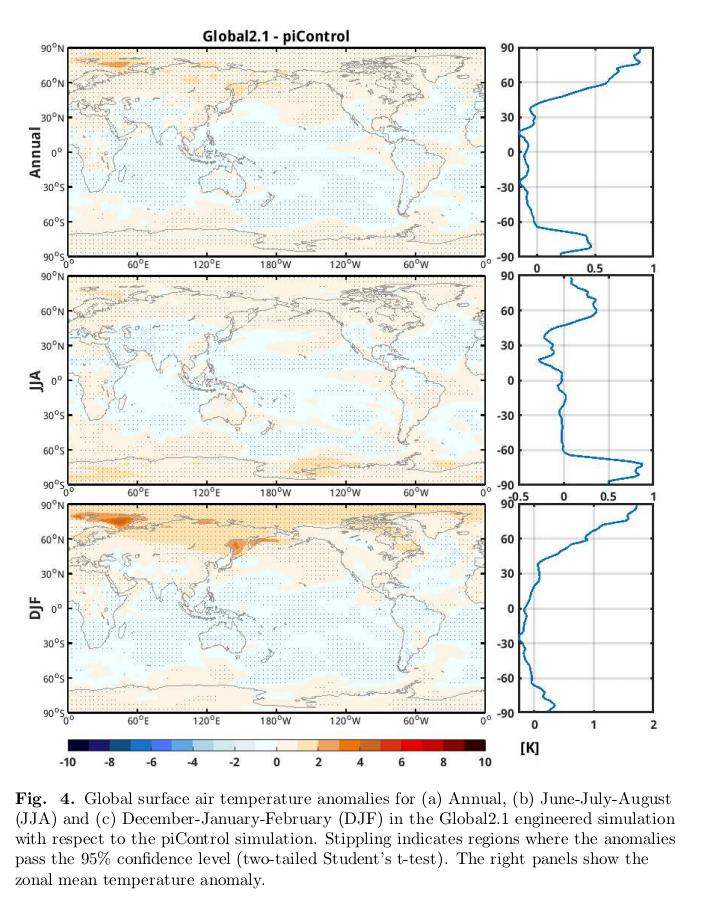🚨📝𝐍𝐄𝐖 𝐏𝐀𝐏𝐄𝐑📝🚨
A recent study used "an Earth system model to examine the response of #OceanAcidification to idealized atmospheric #CarbonDioxideRemoval scenarios."
Details in a 🧵below ⬇️
1/8
A recent study used "an Earth system model to examine the response of #OceanAcidification to idealized atmospheric #CarbonDioxideRemoval scenarios."
Details in a 🧵below ⬇️
1/8

"In the simulations, atmospheric CO2 is assumed to increase at a rate of 1% per year to four times its pre-industrial value and then decreases to the pre-industrial level at a rate of 0.5%, 1%, 2% per year, respectively."
2/8
2/8
Results show that "the annual mean state of surface ocean #carbonate chemistry fields including [H+] conc., pH & aragonite saturation state respond quickly to removal of atmospheric CO2. Yet, the change of seasonal cycle in CaCO3 chemistry lags behind the decline in atm CO2."
3/8
3/8
"When CO2 returns to the pre-industrial level, over some parts of the ocean, relative to the pre-industrial state, the seasonal amplitude of carbonate chemistry fields is substantially larger."
4/8
4/8
"Simulation results also show that changes in deep ocean CaCO3 chemistry lag behind atm. CO2 change. When CO2 returns to its pre-industrial value, the whole-ocean acidity measured by [H+] is 15%-18% larger than the pre-industrial level, depending on the rate of CO2 decrease."
5/8
5/8
"This study ascertains that even if atm. CO2 can be lowered in the future as a result of net -ve CO2 emissions, the recovery of some aspects of #OceanAcidification would take decades to centuries, which would have crucial implications for the resilience of marine ecosystems."
6/8
6/8
Read the study entitled: "Response of ocean acidification to atmospheric carbon dioxide removal" here ⬇️
sciencedirect.com/science/articl…
#CarbonDioxideRemoval
#OceanAcidification
7/8
sciencedirect.com/science/articl…
#CarbonDioxideRemoval
#OceanAcidification
7/8
• • •
Missing some Tweet in this thread? You can try to
force a refresh

 Read on Twitter
Read on Twitter





















